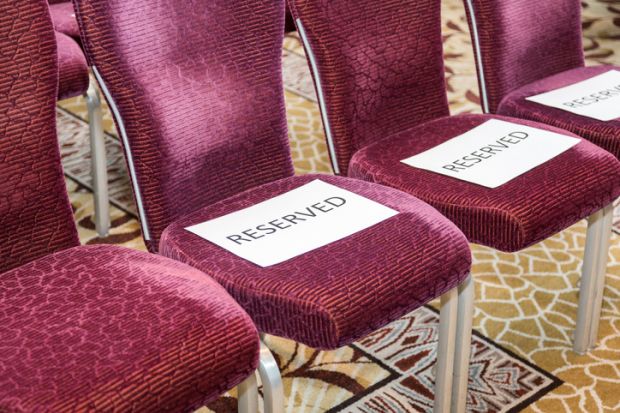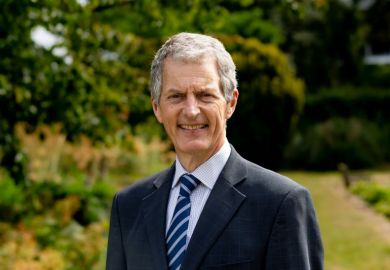Universities have applauded the Australian government’s chosen method of distributing thousands of extra undergraduate places – including institutions unlikely to benefit directly.
Education minister Jason Clare has embedded his personal priority of inclusivity in the government’s response to demographic growth, with the 20,000 extra places – a pre-election commitment – reserved for disadvantaged students.
“Where you live, how much your parents earn [and] whether you are Indigenous or not is still a major factor in whether you are a student or a graduate of an Australian university,” Mr Clare said. “I don’t want us to be a country where your chances in life depend on your postcode, your parents or the colour of your skin.”
The comments echo Mr Clare’s address to the Universities Australia conference in July, when he identified equity as his overriding concern in higher education.
Under the government’s plan, institutions must grant the extra places to students from low socio-economic or regional backgrounds, Indigenous Australians, people with disabilities or those who – like Mr Clare – are the first in their family to attend university. Places must also be dedicated to areas of identified workforce need.
The government has allocated up to A$486 million (£281 million) to bankroll the extra places over the next four years, with students starting over the next two years and “application processes” opening this month for both commencing cohorts.
Australian National University (ANU) vice-chancellor Brian Schmidt backed the approach even though he expected to secure few if any of the extra places. Familiar postcode-based measures of disadvantage were “challenging” for Canberra-based institutions because “there are no below-median postcodes in Canberra”, he told THE Campus Live ANZ at Victoria University.
“The devil will be in the detail about getting the settings right, so that the people who are not going to university right now get an opportunity to [do] so. This may be…a first step that won’t directly give me a bunch more students, [but] I’m prepared to play the long game.”
Paddy Nixon, vice-chancellor of the neighbouring University of Canberra, said the city had a relatively high socio-economic profile because it was a “designed town” with social housing “embedded all over the city. That plays out in my institution, which has a really high number of first-in-family [students],” he told the conference.
While the government’s allocation method was “absolutely very welcome”, 20,000 extra places were not enough to meet workforce needs. “If you just look at the forward plans for infrastructure building, for teaching, for aged care, for nursing, they’re not going to be filled by migration. We need growth in the sector,” Professor Nixon said.
Universities Australia chief executive Catriona Jackson said there was “absolute support” for the government’s approach, although it was unclear exactly which students would qualify for the extra places. “We’ll look at the detail as soon as we get it, and I think that might be as soon as today,” she said.
“The conversations we’ve had…with the minister indicate that there’s real intent to make sure this is as functional as it can be. [For] example, there are people of significant disadvantage in Canberra – they’re just spread through the community in a deliberate design way. We don’t [want to be] knocking people out because they happen to live in a postcode where people around the corner have plenty of money.”
Register to continue
Why register?
- Registration is free and only takes a moment
- Once registered, you can read 3 articles a month
- Sign up for our newsletter
Subscribe
Or subscribe for unlimited access to:
- Unlimited access to news, views, insights & reviews
- Digital editions
- Digital access to THE’s university and college rankings analysis
Already registered or a current subscriber? Login













